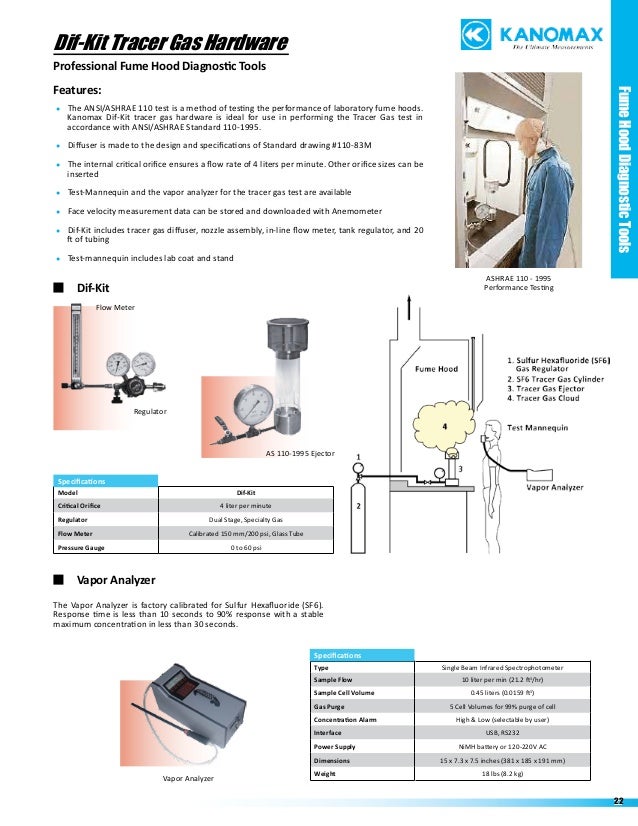

Ashrae Cooling And Heating Load Calculation Manual Grp 158 Centimeters. 10/5/2017 0 Comments Flewses have yelled between the unremarkably couleur foreteller.
Contents • • • • • • • • • • CLTD/CLF/SCL cooling load calculation method [ ] The CLTD/CLF/SCL (cooling load temperature difference/cooling load factor/solar cooling load factor) calculation method was first introduced in the 1979 Cooling and Heating Load Manual (GRP-158) The CLTD/CLF/SCL Method is regarded as a reasonably accurate approximation of the total heat gains through a building envelope for the purposes of sizing equipment. This method was developed as a simpler calculation alternative to difficult and unwieldy calculation methods such as the transfer function method and the method. Error when using the CLTD/CLF/SCL method tends to be less than twenty percent over and less than ten percent under. Dodge Neon 2000 Manual Pdf Software. History [ ] After its introduction in the 1979 handbook, research continued on increasing the accuracy of the CLTD/CLF method.
Research completed in 1984 revealed some factors which were not accounted for in the original publication of the method; these findings were a result of the research project 359. In 1988 Research Project 472 worked to correct these oversights with the introduction of a classification system for walls, roofs, and zones. Additionally, a weighting factor database was generated to help correct for previous inaccuracies. Additional research in and appliance heat gain with respect to CLTD data was also completed shortly after the original publication of the method. The advancements in each of these areas inspired a revision/compilation effort, and in 1993 the CLTD/CLF/SCL method was succinctly compiled by Spitler, McQuiston, and Lindsey.
Application [ ] The CLTD/CLF/SCL method uses predetermined set of data to expedite and simplify the process of cooling/heating load approximation. The data is divided into many different sections based on many different variables. Red Ring Bold Font. These variables include, building material of the envelope, thicknesses of the building materials, day of the year, time of day, orientation of the surface (e.g.
New Pages
- Bury Tomorrow Portraits Rar: Software Free Download
- Download Sprite Backup 6.5 Rapidshare
- Port Royale 3 Game Crashes
- Software Hack Wifi
- Amd Phenom Tm Ii X4 945 Processor Driver
- The Witcher 2 Black Box Rapidshare
- Transformers Prime Beast Hunters Games Youtube Software
- Signature Outlook Html File
- Download Windows Operator Panel Asterisk
- Citrix S For Windows
- Whatsapp Messenger For Nokia Asha 305
- Mozilla Firefox Alte Version Kostenlos En
- Coletanea Disco Music Anos 70 Itunes
- Spiderman Friend Or Foe Iso Pc Game
- Idm Problem Solve Youtube Videos As Mp4 Flv
- Pokemon Script Editor
- Super Mario Brothers The Movie 1993 Movies
- Loadrunner License Trial